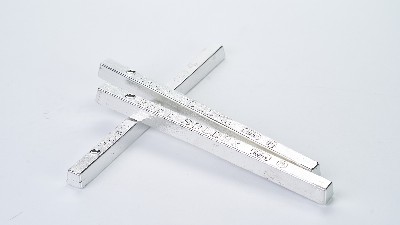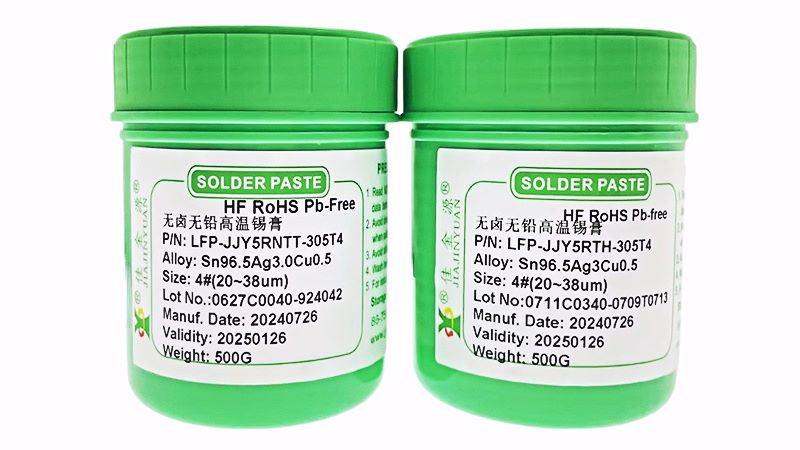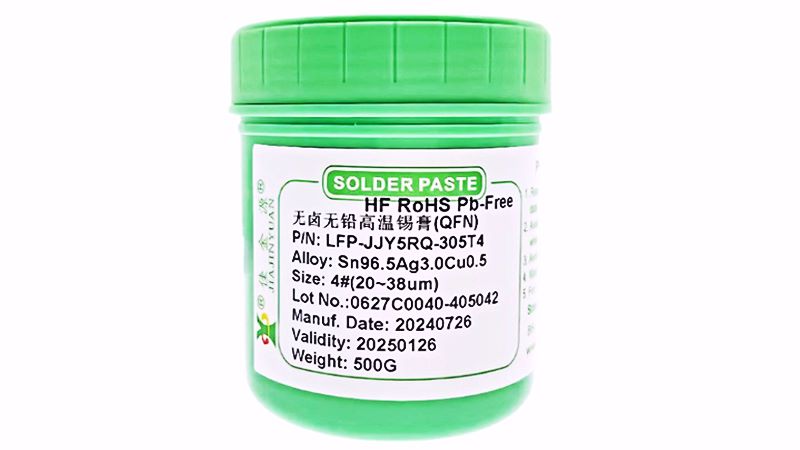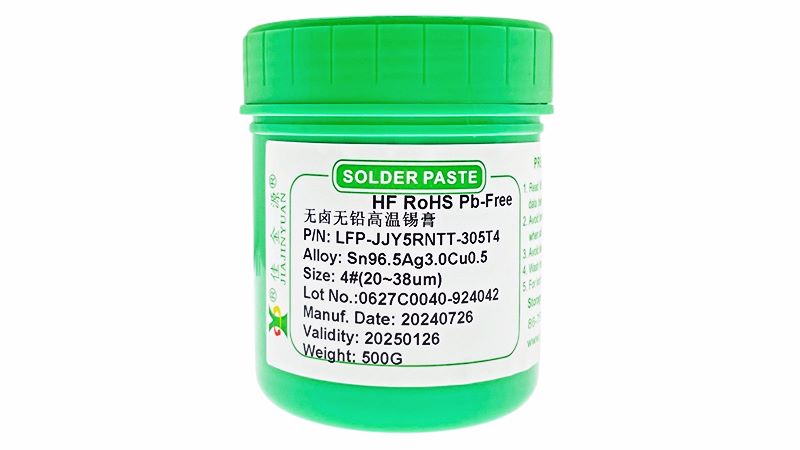A couple of days ago, I wonder if you have read my article about the reasons for the formation of tin bars in wave soldering. If you have a clear understanding, you will know that there are many factors affecting wave soldering. When the tin slag content is too high during wave soldering, the first thing to do is to determine whether the composition of the tin slag is correct It is normal if the tin slag is in the form of black powder Generally, it will be found in whether the tin slag is normal. Solder rods are one of the solder products, and solder rods can be divided intoLead-free tin barThere are two types: lead-tin and leaded tin strips. What the solder paste manufacturer is going to say below is how to deal with some tin slag produced:

1If the peak is too high, the peak is too wide, or the double-peak furnace is too close, choose a rotary pump.
2The welding temperature is usually relatively low and can generally be classified as280℃ C±5℃(For lead-free SN- CU0.7Tin bar)The electrode is the most basic temperature required during the welding process. If the temperature is too low, it will lead to excessive tin slag.
3Due to human factors, it is also very important to add tin strips at an appropriate time. An appropriate tin strip means that the distance between the tin surface and the peak should be shortened as much as possible each time tin is added.
4Tin dross should be removed frequently. The solder that falls from the peak should be allowed to enter the furnace as quickly as possible instead of remaining on the tin dross. Uneven heating can also cause excessive tin dross.
5It is also very important to use a tin cleaning furnace on a regular basis. If the tin cleaning furnace is not done for a long time, the impurity content in the furnace will be relatively high, which is also one of the reasons for excessive bean-like tin slag.
Solution:
1Tin slag inspection: Check if there is a certain amount of tin slag in the tin furnace before it starts operation. The tin slag left before the last operation should be cleared in time, especially in the area of the wave channel opening.
2When checking the tin content in the tin furnace, ensure that the tin content inside the furnace is close to the furnace surface when the wave stops0.5-1cmThe range should be appropriate. If the amount of tin is small, the contact area with air will be large, the probability of oxidation will also be high, the drop of the wave waterfall will be large, the impact force of the liquid tin will also be greater, the rapids will roll, and more tin slag will be formed! It is suggested to add tin bars to the tin furnace immediately.
3When checking the temperature of the tin furnace, if the working temperature is too low, hot tin is prone to accumulate temporarily unmelted substances as it flows back into the furnace from the nozzle. It is suggested that the customer increase the working temperature of the tin furnace within the allowable tolerance range of the product.
4It is recommended that the operators remove the slag at regular intervals. Before leaving work every day, they must remove the slag. When removing the slag, do not move the plate and increase the furnace temperature10℃The slag should be removed around the actual temperature. When removing the slag, it is advisable to use a small amount of reducing powder to accelerate the separation of tin from the slag, which will significantly reduce the amount of slag discharged.
If the peak soldering is normal, the reason for the sudden appearance of tin slag:The heating tube of the tin furnace was burned out, resulting in insufficient heating, uneven heating and a large amount of tin slag.
As mentioned above, this is to explain some situations that may occur in wave soldering and the solutions for everyone. We hope it can be helpful to you. If you want to master the problems related to soldering methods such as flux paste, lead-free solder paste, and solder paste, we warmly welcome you to consult Shenzhen JJY Industrial Production High-tech Co., Ltd. and learn and grow together!





 Tel:+86 0755 88366766
Tel:+86 0755 88366766 Phone:+86 18938660310
Phone:+86 18938660310 Email:sales@jjyhanxi.com
Email:sales@jjyhanxi.com Address:13/F,12/F, Building No. B,Qinghu Technology Park,Qingxiang Rd.,Qinghu Community, Longhua Subdistrict,Longhua District,Shenzhen City,GUANGDONG Province,P.R.C.(518027)
Address:13/F,12/F, Building No. B,Qinghu Technology Park,Qingxiang Rd.,Qinghu Community, Longhua Subdistrict,Longhua District,Shenzhen City,GUANGDONG Province,P.R.C.(518027) Guangdong Public Security Backup 44030902002666 name
Guangdong Public Security Backup 44030902002666 name
 WeChat
WeChat WeChat official account
WeChat official account
